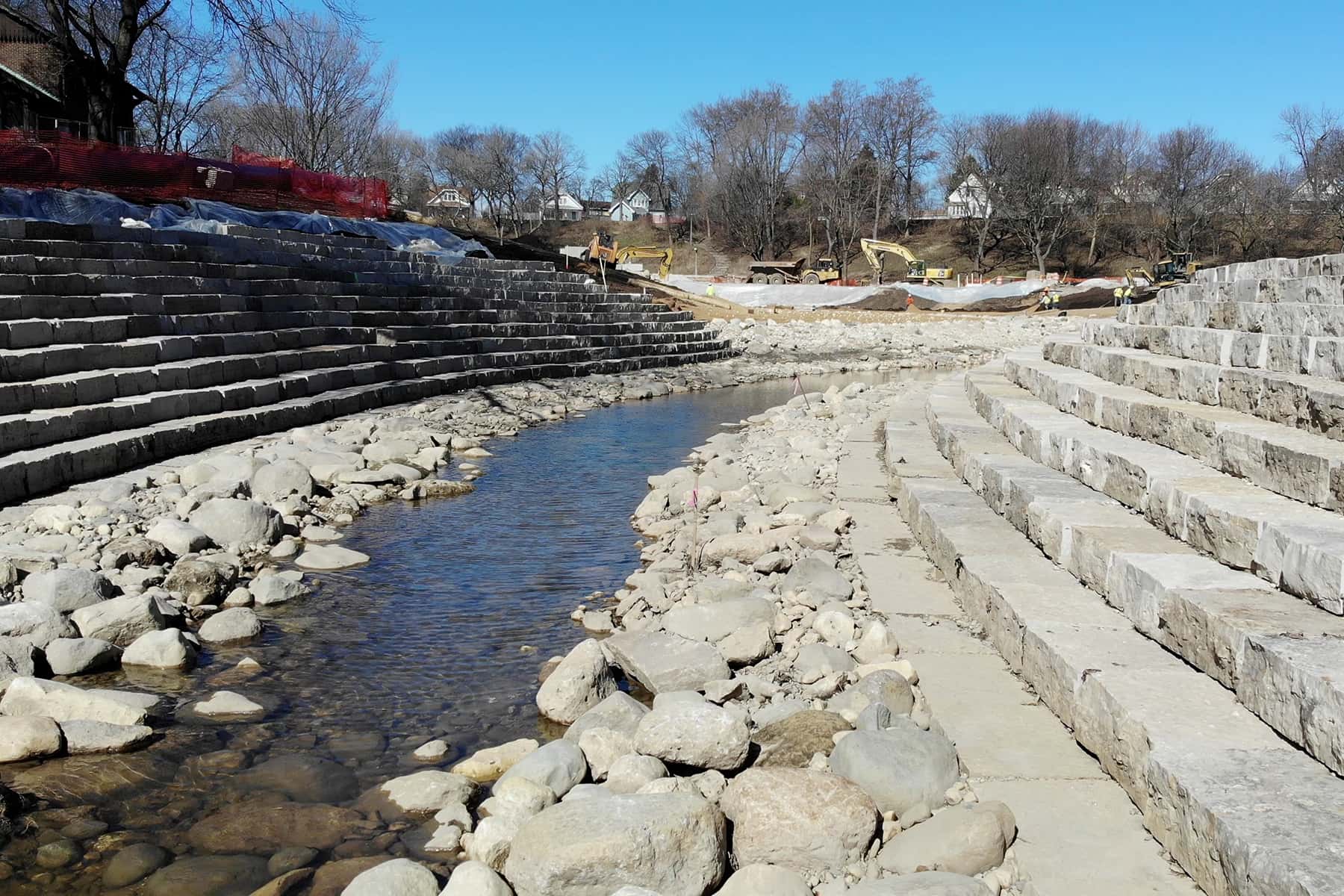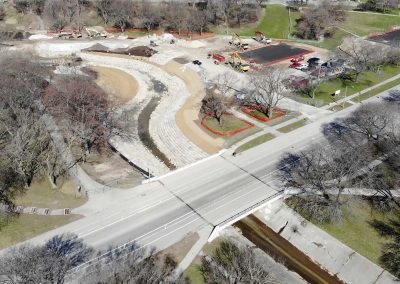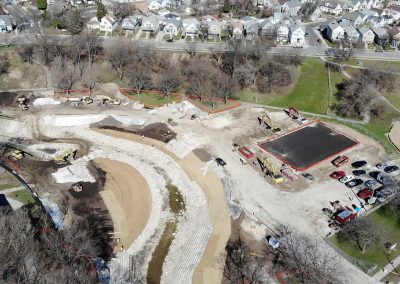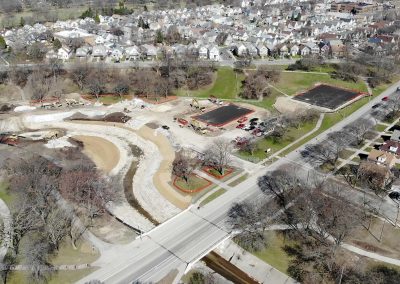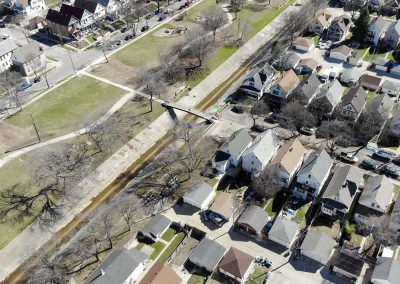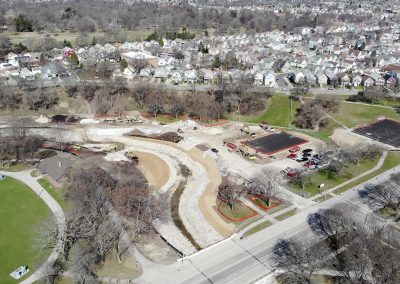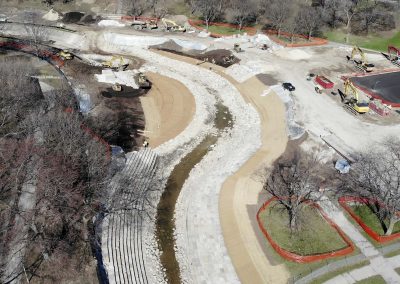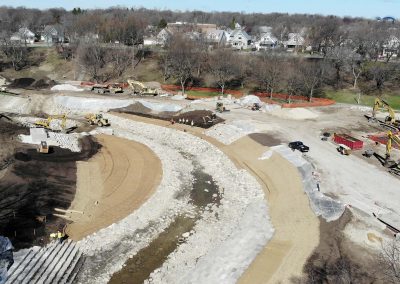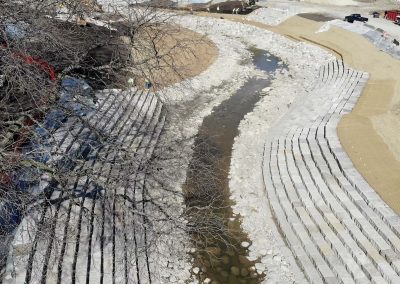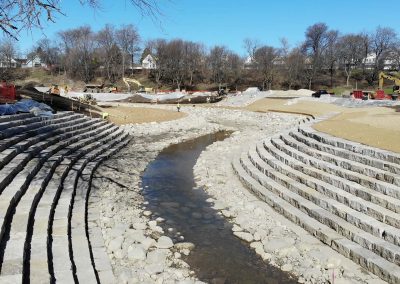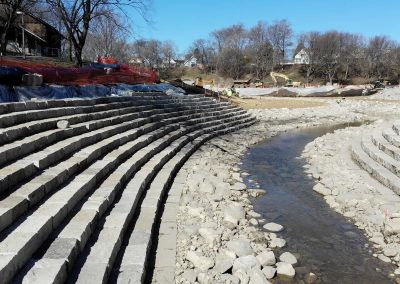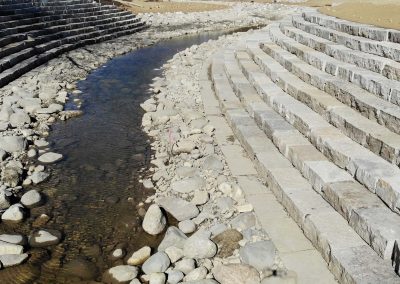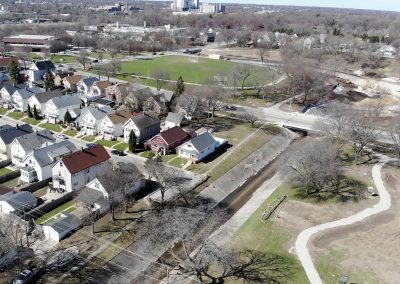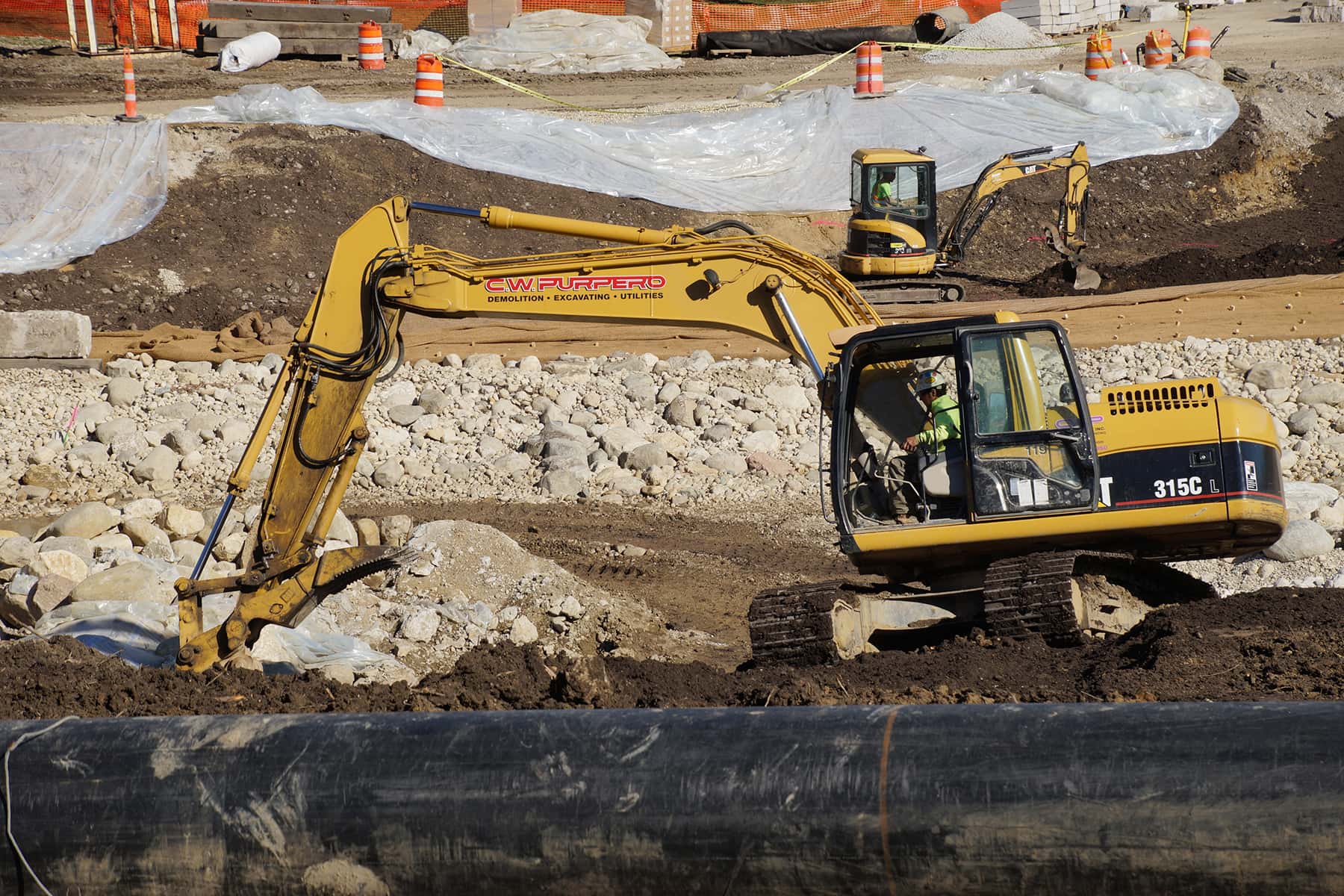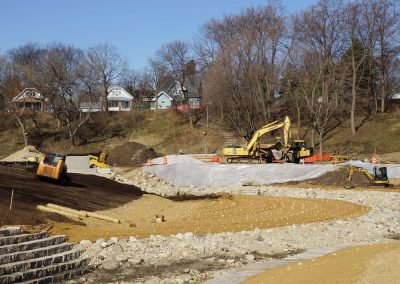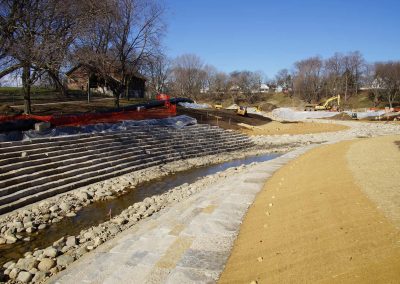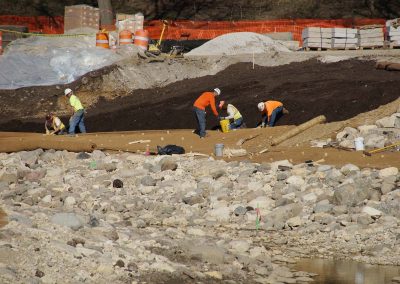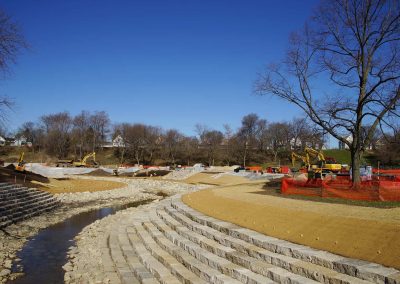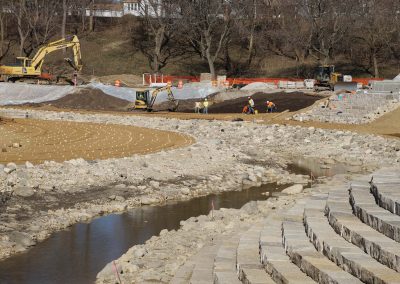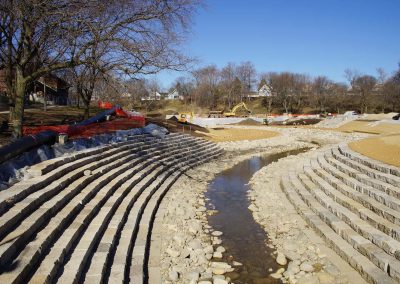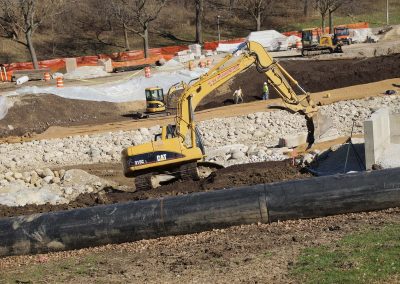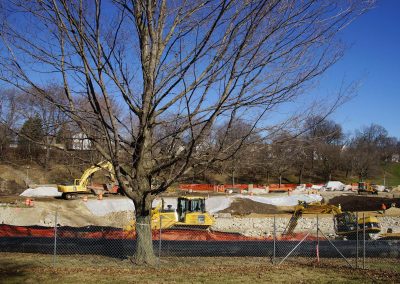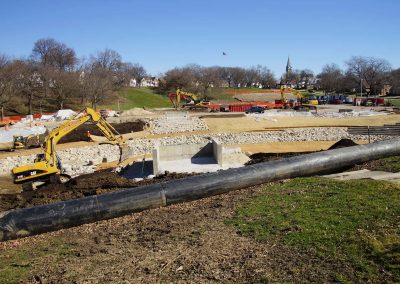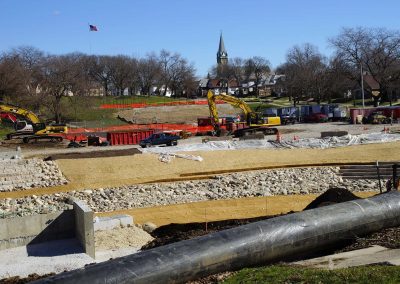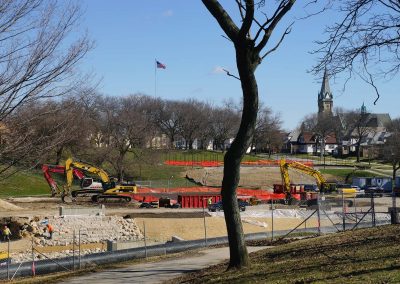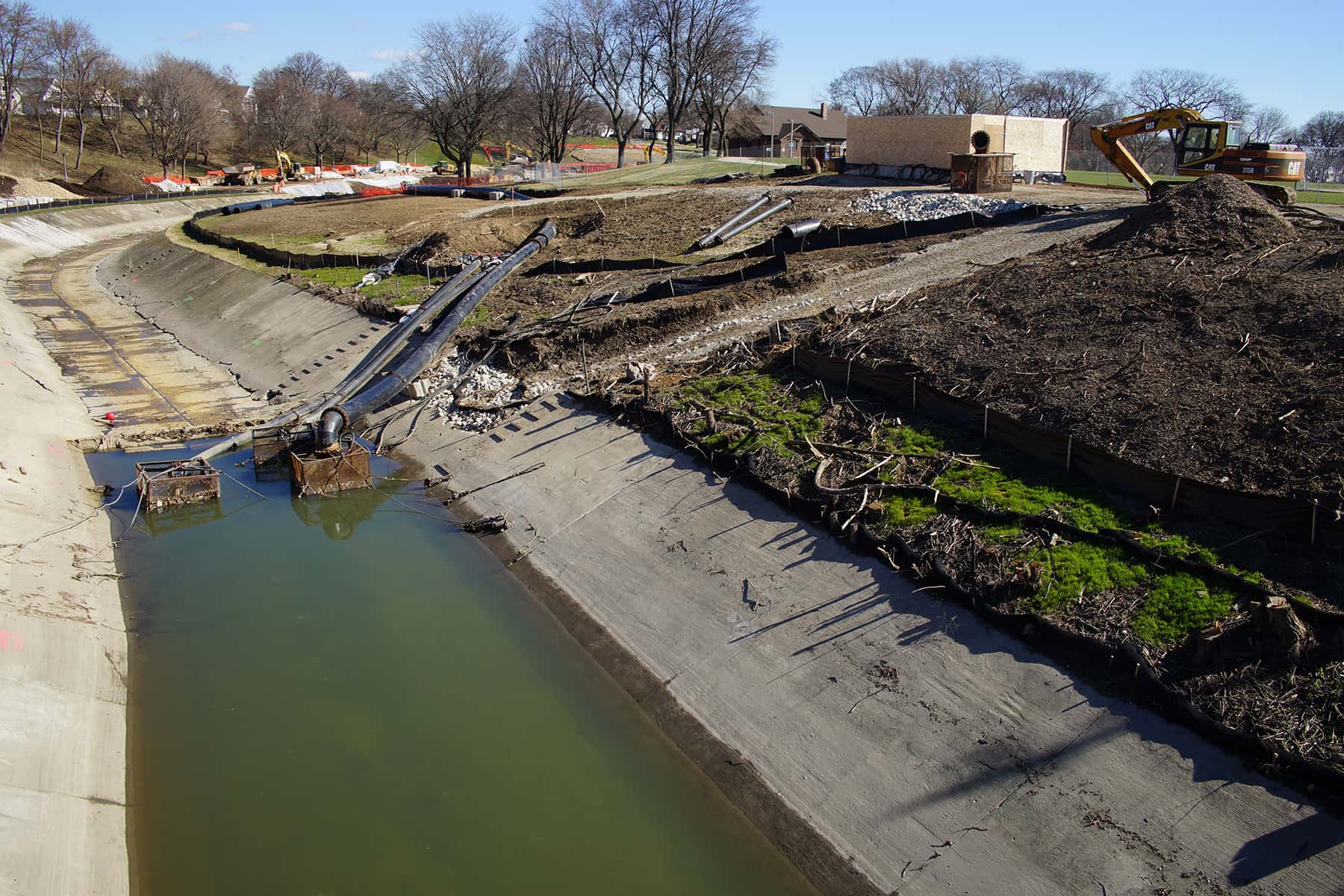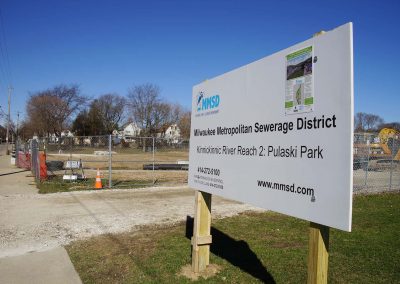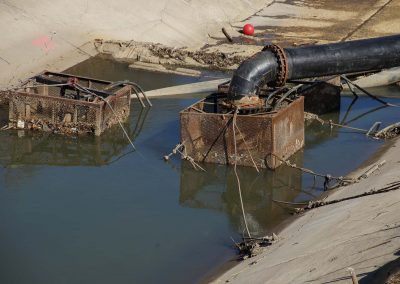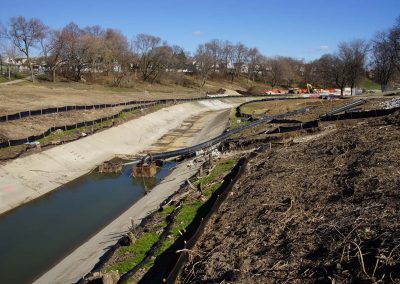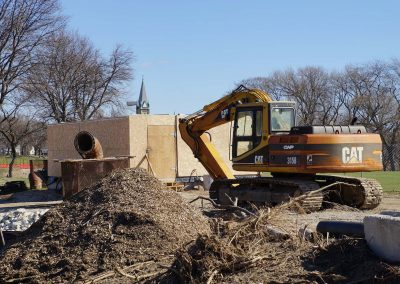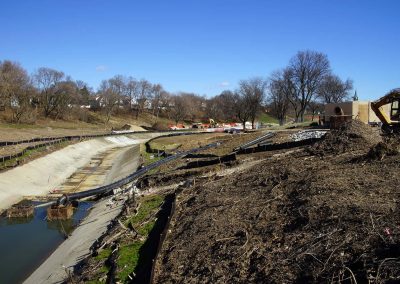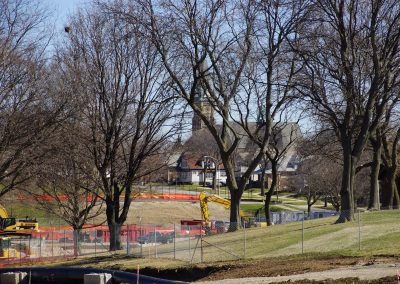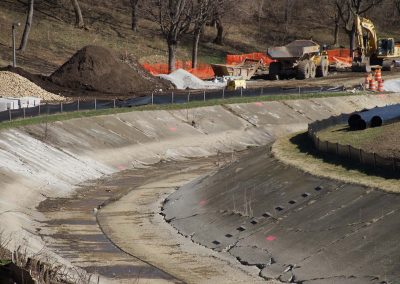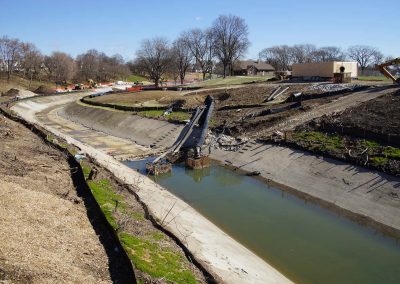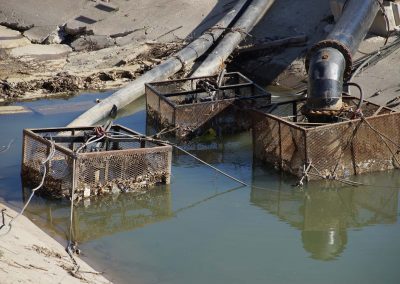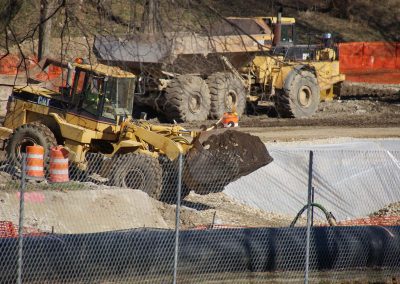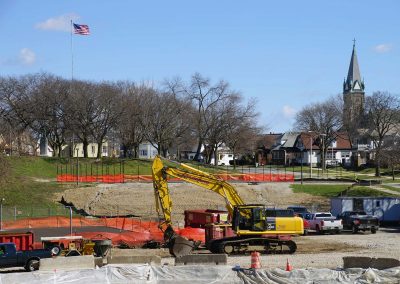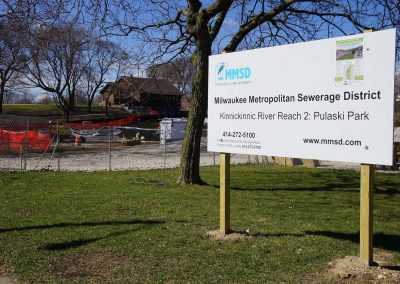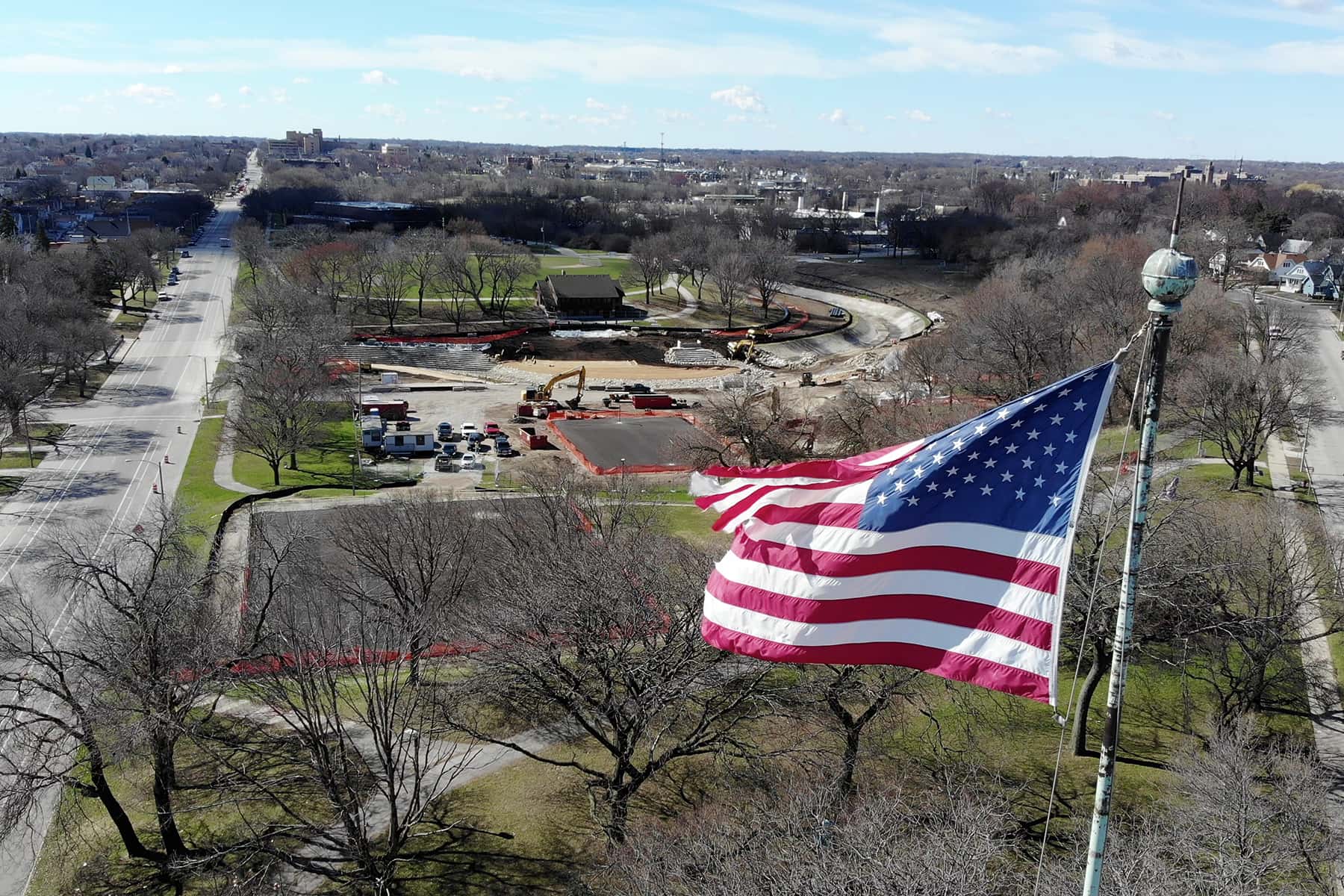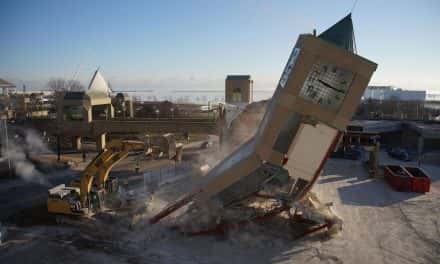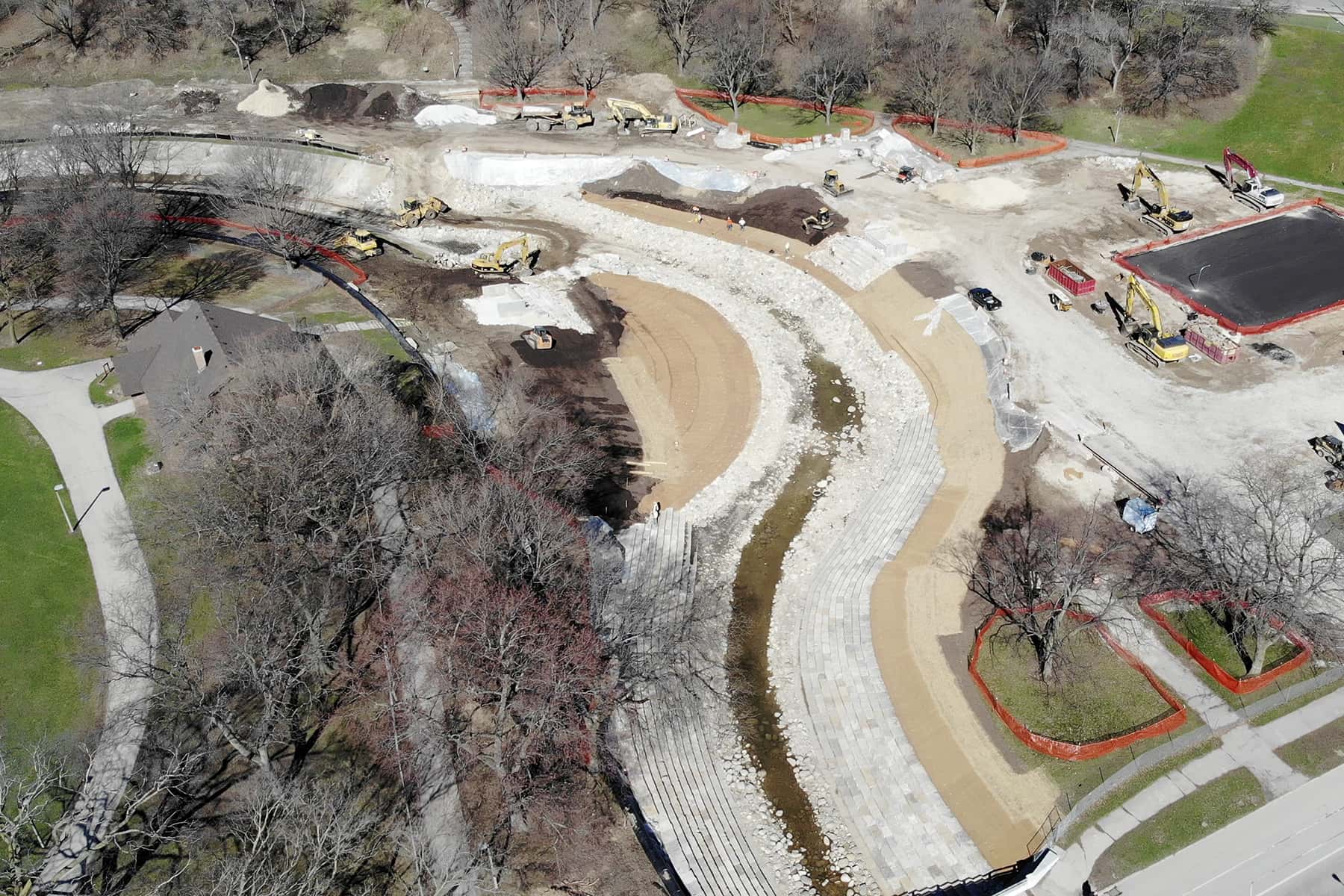
The Milwaukee Metropolitan Sewerage District (MMSD) has been transforming the Kinnickinnic River’s condition through Pulaski Park, by removing the ugly and dangerous concrete bed to improve flood control and public access.
The Kinnickinnic River is one of three major waterways within the Milwaukee watershed that feeds into Lake Michigan. That access to water was instrumental in where the city was founded, and the Kinnickinnic tributary has been one of the most overly developed sections.
When Milwaukee became a city in 1846, wild rice beds flourished at the mouths of the Kinnickinnic, Menomonee, and Milwaukee Rivers. However, wild rice is sensitive to water pollution and it stopped growing as the city expanded and dumped its manufacturing waste into the tributaries.
Milwaukee jumped on the same modernization bandwagon as other cities around the country in the 1960s, when developing plans for how to implement new stormwater management strategies. The leading trend of the time was to line rivers with a concrete floor. However, the results proved completely different than expected.
The ground fortification made the Kinnickinnic River’s flow harder to control, and removed any chance for excess water to absorb into the soil. It also decreased the needed space for flood flows to pass, causing the water levels to rise and runoff into the surrounding south side neighborhoods. The concrete floor also meant that if anyone fell into the current when if flowed fast, the slippery bottom made it far more difficult for them to climb out of the river.
The “Kinnickinnic River Corridor Neighborhood Plan” was developed by MMSD and the Sixteenth Street Community Health Center, and the current phase of restoration is part of the multi-year project.
MMSD has been working between 16th Street and the southern end of Pulaski Park Park to remove 1,900 feet of the cracked and broken concrete lining. The narrow channel will be dug out to 200 feet, and the bottom replaced with rocks and natural vegetation. The plan is taking shape and the design blends both aesthetically and environmentally into the park’s landscape.
Excavation crews are in the process of relocating the existing playground and basketball court in Milwaukee County’s Pulaski Park, to allow the natural floodplain to absorb the surges of water as nature intended.
MMSD has seen positive results over several years by applying its green infrastructure strategy, along with flood management policies regarding vulnerable man-made constructions that were erected in areas prone to flooding. More than 3,500 acres have been permanently conserved under such programs, and Milwaukee is now better positioned to reduce the risk and damage from flooding.
Lee Matz

